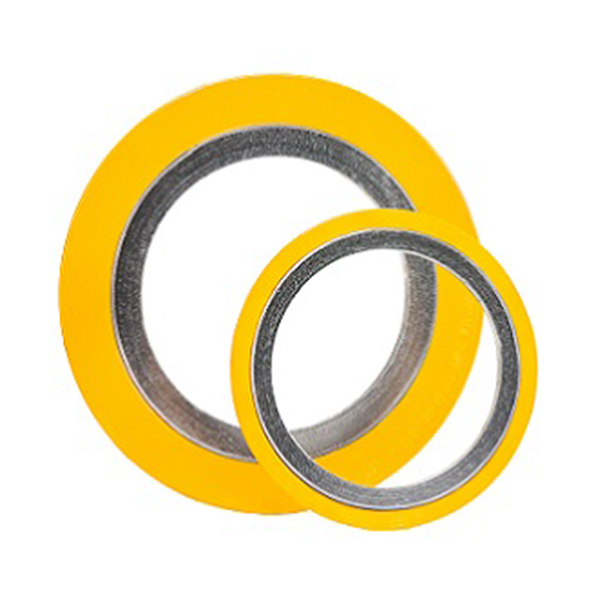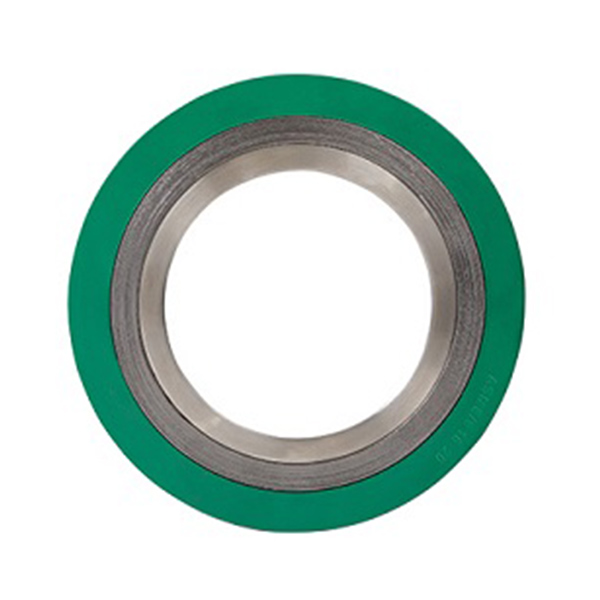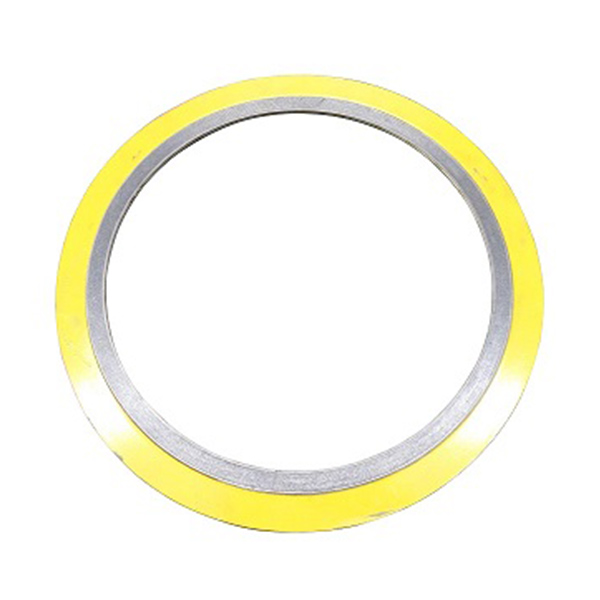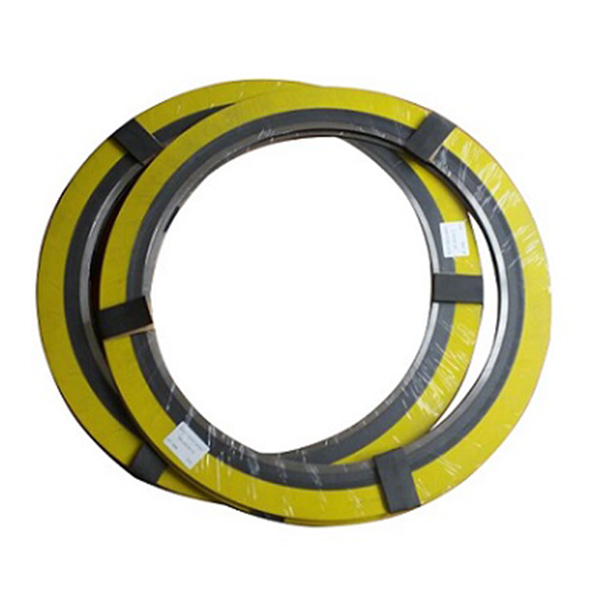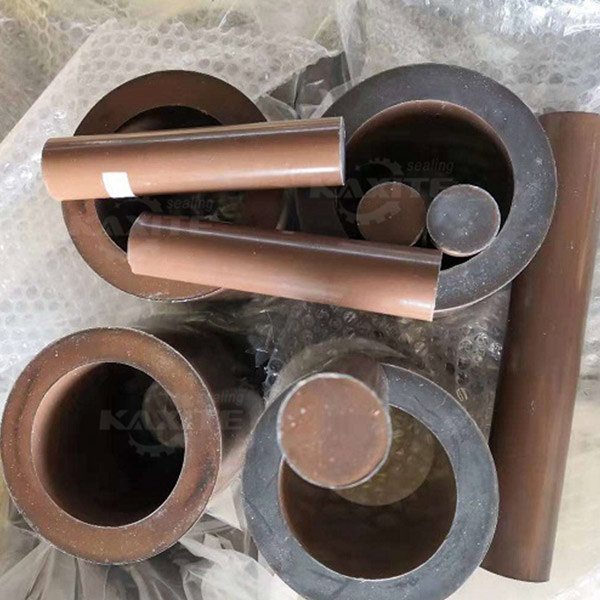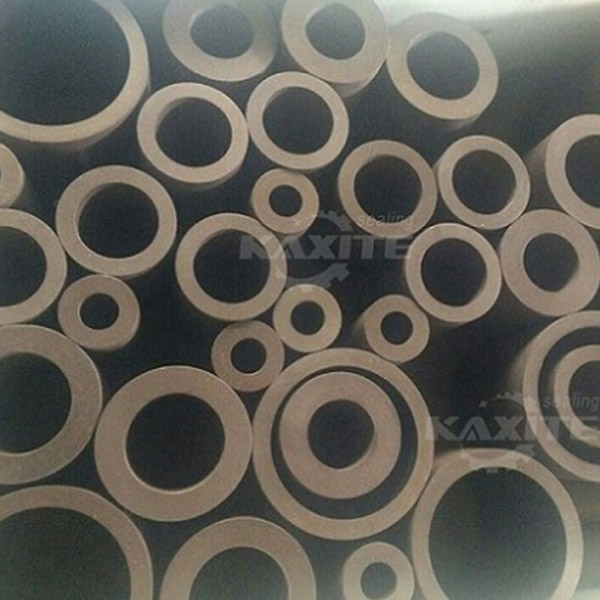- Gaskets
- Spiral Wound Gaskets
- Expanded Graphite Gaskets
- Ring Joint Gaskets
- Corrugated Gaskets
- PTFE Gaskets
- Double Jacket Gaskets
- Asbestos Rubber Gaskets
- Serrated Gaskets
- Non-asbestos Gaskets
- Gasket Tape
- Copper Gaskets
- Flange Insulation Gasket Kits
- Rubber Gaskets
- Ceramic Fiber Gaskets
- Rubber O Ring
- Rubber-steel Metal Gaskets
- Braided Packing
- Compression Sheets
- Sealing Materials
- Insulation Products
- Sealing Machines
- Sealing Tools
- Ptfe Products
Ptfe Products Manufacturers
- View as
40% Bronze Powder Filled Teflon PTFE Tube
40% Bronze Powder Filled Teflon PTFE Tube Product number:KXT BU980-40 Quick Overview: The addition of Bronze to PTFE gives better dimensional stability and lowers creep, cold flow and wear. It increases hardness and compressive strength whilst also increasing thermal and electrical conductivity
Read MoreSend Inquiry25% Bronze Powder Filled Teflon PTFE Tube
The addition of Bronze to 25% Bronze Powder Filled Teflon PTFE Tube better dimensional stability and lowers creep, cold flow and wear. It increases hardness and compressive strength whilst also increasing thermal and electrical conductivity
Read MoreSend InquiryGraphite Filled PTFE Tube
Graphite Filled PTFE Tube has exceptional chemical resistance to corrosive environments and it is compatible with most hydraulic fluids. PTFE. Graphite Filled exhibits good initial wear and rubbing/sliding characteristics in dry and water applications. Excellent performance when used for hydraulic or pneumatic compression type rod and piston seals, bearing bands and rotary applications. Graphite is commonly blended with carbon and PTFE (Teflon)
Read MoreSend InquiryBronze Powder Filled PTFE Tube
The addition of Bronze to Bronze Powder Filled PTFE Tube better dimensional stability and lowers creep, cold flow and wear. It increases hardness and compressive strength whilst also increasing thermal and electrical conductivity
Read MoreSend InquiryCarbon Fiber Filled PTFE Tube
Carbon Fiber Filled PTFE Tube has good chemical resistance to corrosive environments, has better creep and wear resistance compared to standard PTFE materials. These properties are improved with the addition of a carbon filler. This filler improves dimensional stability, raises the heat deflection temperature, improves creep resistance and the dynamic bearing performance. PTFE Carbon Filled exhibits good initial wear and rubbing/sliding contact characteristics in both dry and wet/water applications. It is frequently used in piston rings to reduce cylinder wall wear by entrapping abrasive foreign particles in their relatively soft surface
Read MoreSend Inquiry5% Glass Fiber Filled PTFE Tube
Glass fibre is used as a 5% Glass Fiber Filled PTFE Tube as it offers much improved compression and wear properties. The material may also be inert gas sintered to further improve creep properties and reduce porosity and gas permeability (there would be a consequent loss of tensile properties).
Read MoreSend Inquiry

